Among the technologies being applied in modern transportation systems, smart surveillance cameras are currently receiving top priority. Particularly, with the integration of Artificial Intelligence (AI), the transition toward advanced monitoring systems capable of generating real-time alerts has become a major research focus for scientists worldwide
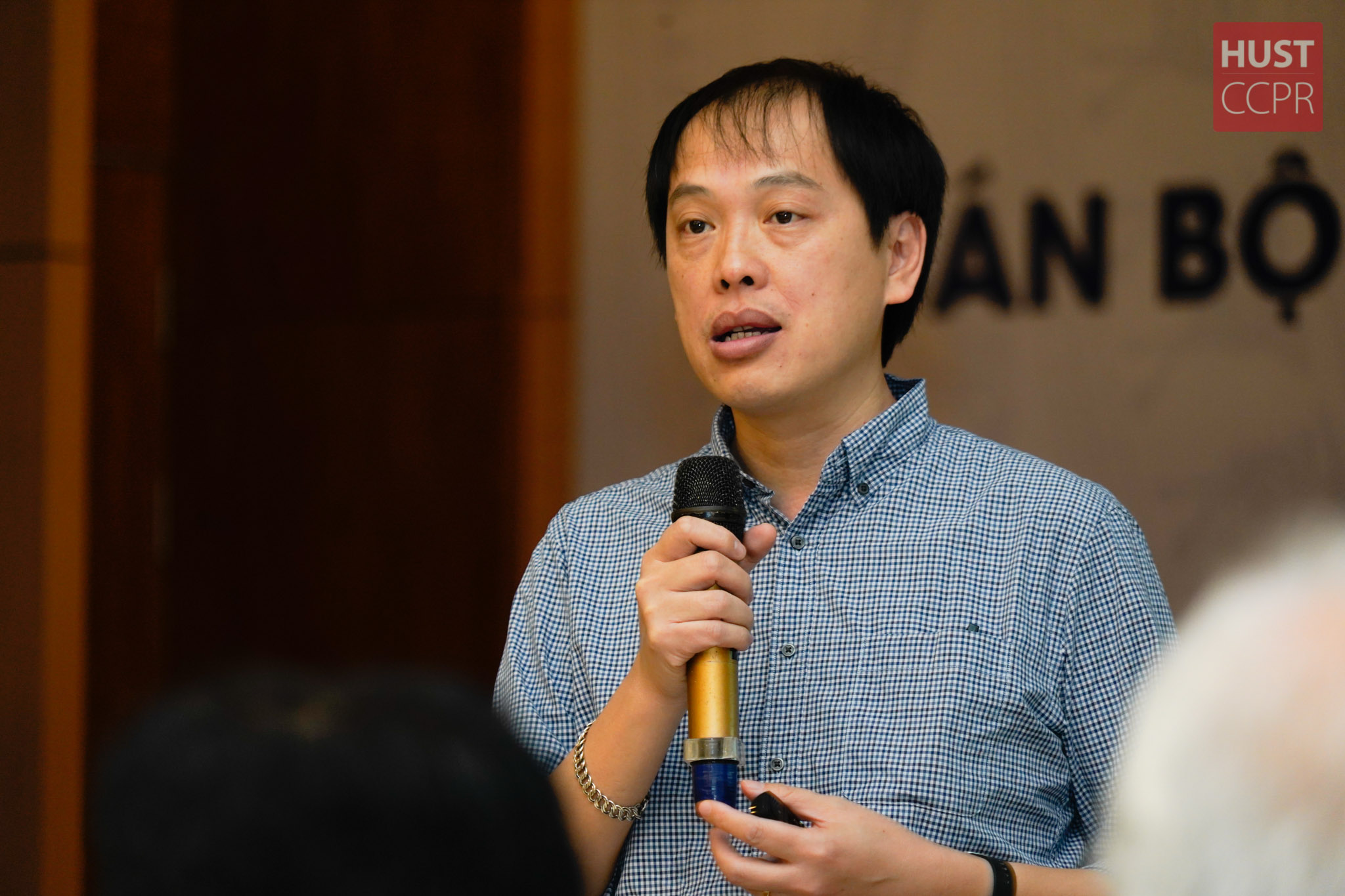
Assoc. Prof. Nguyễn Hữu Thanh – Dean of the School of Electrical and Electronic Engineering, Hanoi University of Science and Technology (HUST)
Keeping pace with this research trend and contributing to Vietnam’s National Digital Transformation initiative, Assoc. Prof. Nguyễn Hữu Thanh, Dean of the School of Electrical and Electronic Engineering, HUST, has successfully developed an AI-integrated traffic surveillance camera system for smart urban management
Optimizing Resources
When mentioning smart cameras, some may say: “I’ve seen them everywhere in Europe and Asia! Near every intersection or junction, there are electronic boards showing traffic conditions — whether congestion is ahead, how dense traffic is — through color signals: green, yellow, or red.”
When asked about this, Assoc. Prof. Thanh affirmed:
“The technology for camera-based warning systems is not new. The real challenge is how to optimize existing resources — fully utilizing available communication and IT infrastructure — to support as many services as possible. That’s the focus of our research, and we’ve achieved initial success.”
The full title of his research project is:
“Developing an Optimal Drone-based Traffic Surveillance System Deployed on Edge–Cloud Computing Models for Smart Cities.”
The project is financially supported by SAHEP (Strengthening Higher Education Project), part of Vietnam’s national program to enhance university education quality. The research team, led by Assoc. Prof. Nguyễn Hữu Thanh, includes members from the Advanced Networking and Intelligent Applications Laboratory and two graduate students — Nguyễn Trung Kiên and Ngọ Văn Hòa.
Imagine a city with tens of thousands of smart traffic cameras providing local intelligent services. These cameras capture and process video data, analyze it, and generate alerts. However, existing solutions often face challenges in resource optimization, leading to reduced service quality or higher system costs:
Local Processing Issue:
When camera footage is processed directly on-site to detect congestion, the edge devices (local computers) often have limited computing power, making them unable to handle AI workloads that require high computational capacity.
Cloud Processing Issue:
Sending all camera footage to a cloud data center for processing can overload transmission channels due to the massive volume of video data, increasing costs and risking system delays or failures if bandwidth becomes congested.
To overcome these issues, Assoc. Prof. Thanh’s team proposed a hybrid solution using edge and cloud computing.
In essence, cloud computing involves centralized processing through interconnected servers in data centers, while edge computing distributes computational tasks across multiple local edge devices near the data source — reducing latency and improving efficiency.
The team divided image-processing tasks into multiple stages, determining which parts should be handled locally (at the edge) and which should be sent to the cloud. With this approach, involving tens of thousands of cameras, they managed to optimize computational, memory, and network resources across both edge and cloud systems.
“This means that with the same server and embedded computing resources, we can increase the number of tasks — the computational requests — through virtualization and automation technologies,” Assoc. Prof. Thanh explained.
He added that achieving this required a deep understanding of how each service consumes resources. For example, for image processing, how much CPU, memory, and bandwidth does each embedded system require? After extensive measurement, modeling, and simulation, the team was able to design an optimized architecture for real-world deployment.
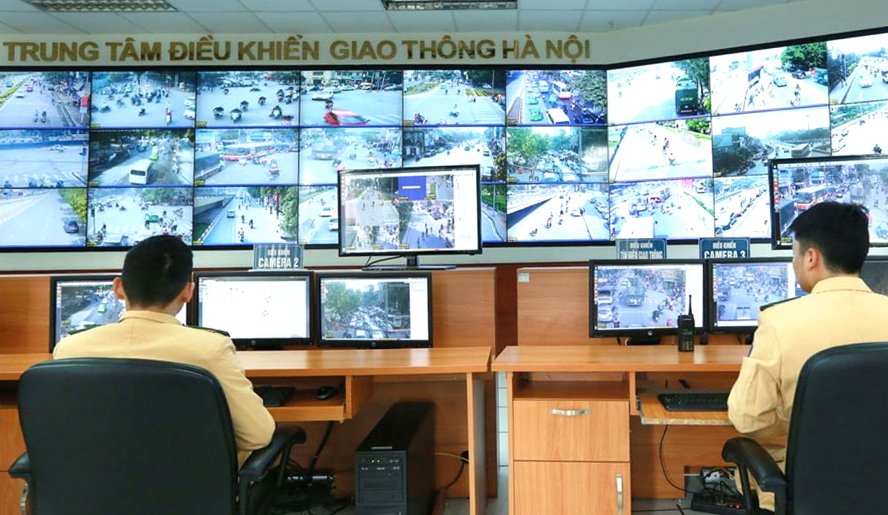
Traffic Police Surveillance System, Hanoi City
Overcoming Major Challenges
When asked about the biggest challenge his team faced, Assoc. Prof. Thanh shared:
“The main challenge was that every research step had to be implemented on testbeds that closely simulate real systems, to ensure the technology could be transferred immediately if needed. Of course, our testbed was smaller — we didn’t have thousands of cameras — but we had to demonstrate that our system truly works and can be transferred for real-world use.”
Their innovative solution for AI-powered traffic surveillance cameras demonstrated the advantages of edge–cloud computing architectures in IoT systems requiring high computational power.
The team’s research paper was published in the prestigious IEEE Internet of Things Journal, one of the top-ranked journals of the Institute of Electrical and Electronics Engineers (IEEE), with an impact factor of 9.9, reflecting strong international recognition.
From Research to Real-World Application
The study by Assoc. Prof. Thanh and his team combines both applied and fundamental research. Their experimental system can be adapted for multiple practical smart city applications. The team is currently collaborating with major Vietnamese technology corporations such as Viettel and VNPT to enable technology transfer in the near future.
Graduate student Nguyễn Trung Kiên, after participating in the project, has received a doctoral scholarship in Germany to continue research in this field.
Meanwhile, Ngọ Văn Hòa successfully defended his master’s thesis and is now working at Viettel High Technology Corporation.
Beyond its technical achievements, this research represents a digital transformation solution for smart city and intelligent transportation applications in Vietnam.
“Digital transformation means merging the physical and digital worlds. To achieve that, we must develop smart digital services that enhance real-world activities. Smart cities and e-governments are all integral parts of this transformation. We are proud that our research contributes to realizing this national goal,” said Assoc. Prof. Nguyễn Hữu Thanh.
Author: Truyền thông SEEE
Reader Comments
 Recruitment advertisement of Shimadzu Vietnam Co., Ltd.
Recruitment advertisement of Shimadzu Vietnam Co., Ltd.
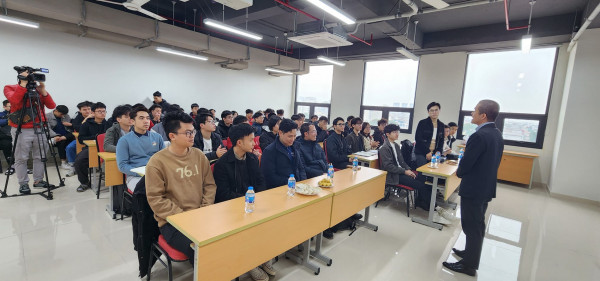 The Semiconductor Industry Is Rapidly Becoming a Popular Field of Study Wednesday
The Semiconductor Industry Is Rapidly Becoming a Popular Field of Study Wednesday
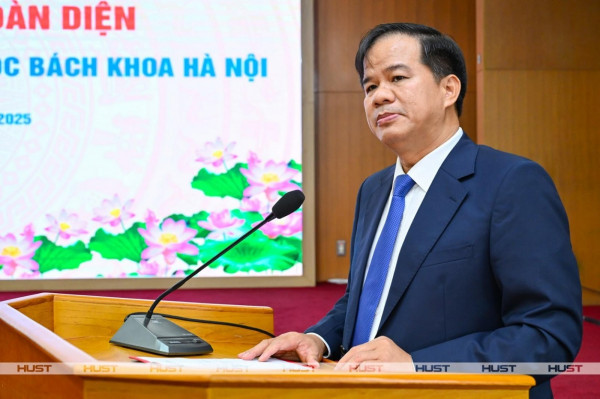 HUST Support Bach Mai Hospital with Data Processing
HUST Support Bach Mai Hospital with Data Processing
 INTRODUCTION TO THE BIOMEDICAL ENGINEERING PROGRAM
INTRODUCTION TO THE BIOMEDICAL ENGINEERING PROGRAM
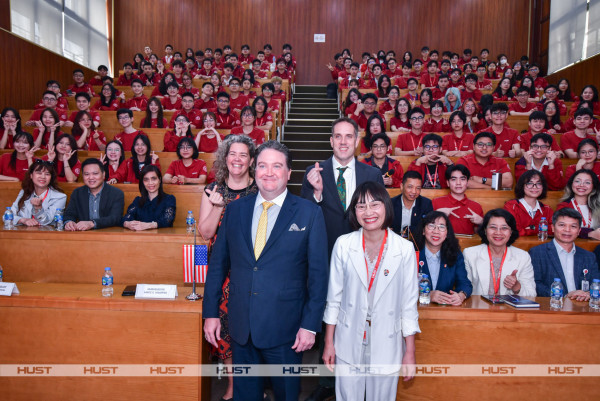 Mr. Marc E. Knapper, the U.S. Ambassador to Vietnam, visited and worked with Hanoi University of Science and Technology
Mr. Marc E. Knapper, the U.S. Ambassador to Vietnam, visited and worked with Hanoi University of Science and Technology
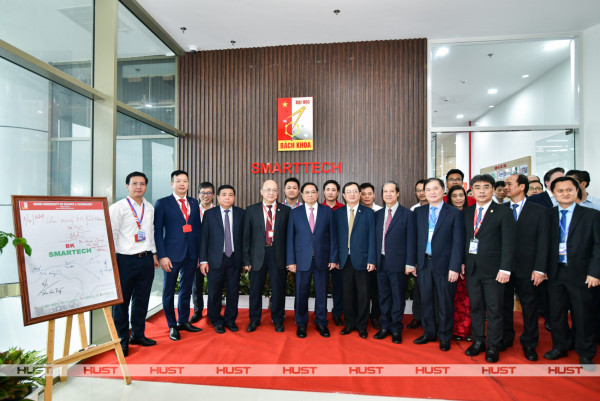 Prime Minister approved the Development Plan for Hanoi University of Science and Technology (HUST) to become one of the leading higher education institutions in Asia.
Prime Minister approved the Development Plan for Hanoi University of Science and Technology (HUST) to become one of the leading higher education institutions in Asia.
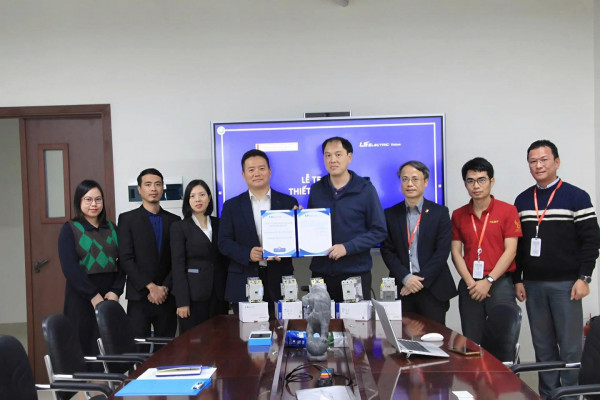 Equipment Support Agreement Signed Between Faculty of Electrical Engineering and LS Electric Vietnam
Equipment Support Agreement Signed Between Faculty of Electrical Engineering and LS Electric Vietnam
 Grand Opening of the i3-Mechatronics Smart Automation Lab: A Leap Toward Industry 4.0
Grand Opening of the i3-Mechatronics Smart Automation Lab: A Leap Toward Industry 4.0
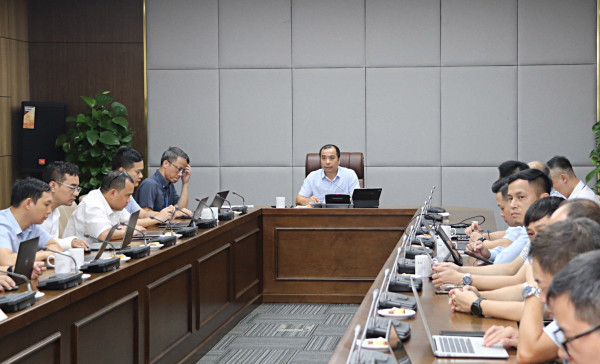 Powering the Future: Innovative S&T Models for High-Renewable Power Systems
Powering the Future: Innovative S&T Models for High-Renewable Power Systems